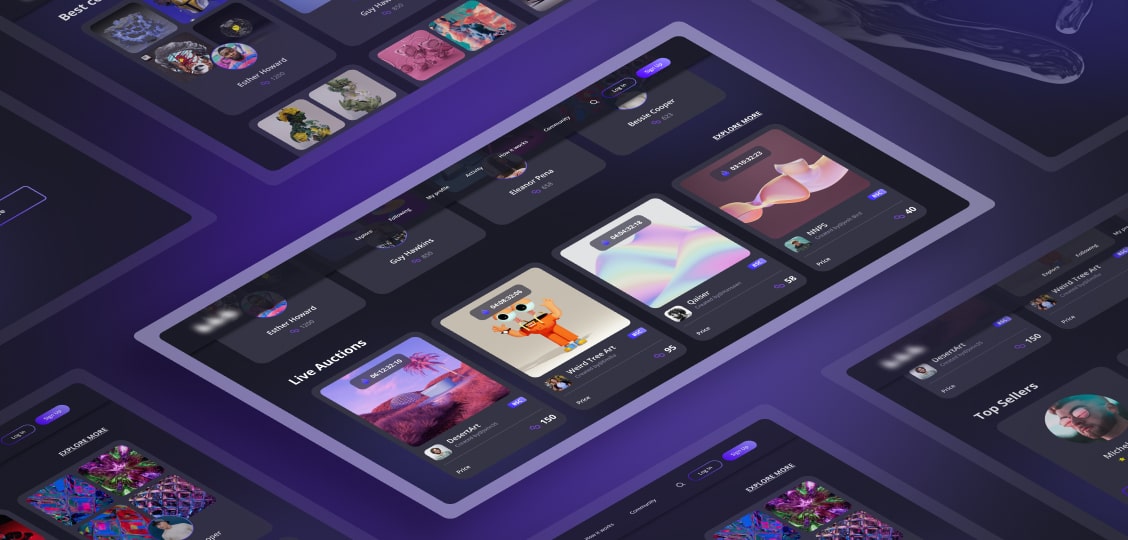
We’d love to work with you
Drop us a line about your idea, project, or challenge.
We’d like to discuss how we can help you.

Learn how our team created an NFT marketplace platform that provides auction functionality while also achieving scalability, high availability, and performance.
6 months
2 frontend developers, 2 backend developers, 2 blockchain developers, a UI/UX designer, 2 quality assurance engineers, a project manager, a business analyst.
TypeScript, React, Redux, Redux-Saga, Web 3.0, Polygon, Matic, Ethereum Virtual Machine (EVM), Solidity, Python, Django, Django Channels, Celery, AWS, Amazon S3, Amazon EC2, Amazon CloudFront, Amazon Elastic Load Balancing, WebSockets, RabbitMQ, Redis, Memcached, InterPlanetary File System (IPFS), WalletConnect API, PostgreSQL.




Drop us a line about your idea, project, or challenge.
We’d like to discuss how we can help you.